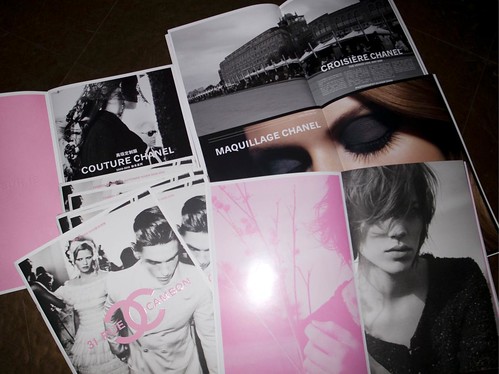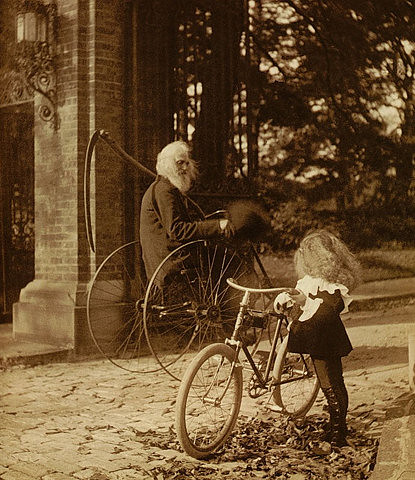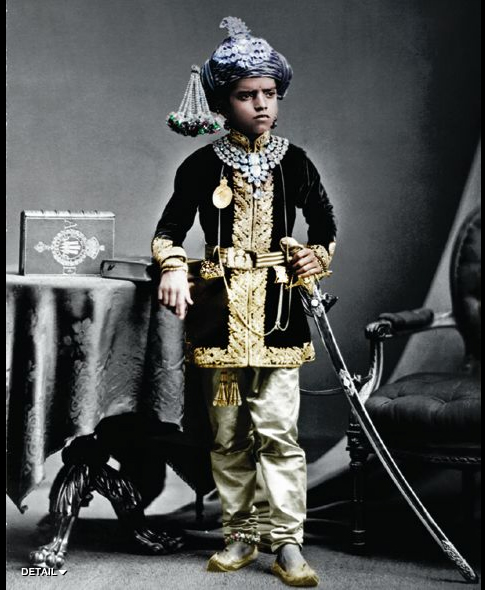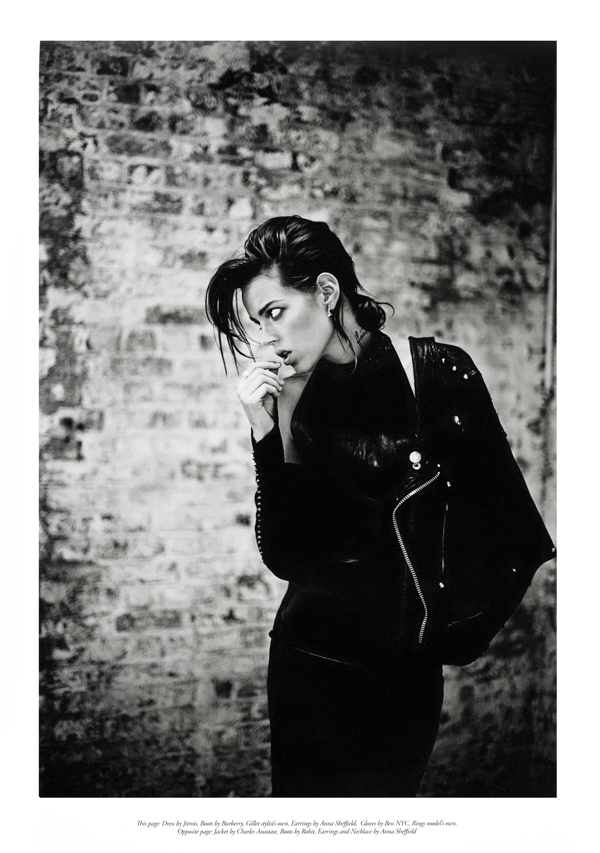found at Purple's diary.
2009/11/29
2009/11/28
the most relevant movie of these times !
Please watch this movie, and then make informed choices.
It is time to put a light into the greed of corporations.
Overcome
"You and her walking through the suburbs
No, not exactly lovers
You're a couple, 'specially when you're body's double.
Duplicate and then you wait
For the next Kuwait"
2009/11/27
synthetic motion
Mite from Rhett Dashwood on Vimeo.
Director / Producer: Rhett Dashwood
Audio: Cyperaudio
2009/11/26
2009/11/25
Useful Graphic design




I'm extremely impressed with the work of Candy Chang! So nice to find such a good role models!
M.S. Urban Planning
Columbia University, 2007
B.F.A. Graphic Design
University of Michigan, 2001
B.S. Architecture
University of Michigan, 2001
Candy is a designer and artist in Helsinki. With a background in graphic design, architecture, and urban planning, she likes to make city information more accessible and engaging through research, design, and the creative use of public space. Recent work includes a guide to rules and rights for street vendors, air quality visualizations on mobile devices, post-it notes for neighbors, flash cards on renters’ rights, and a little book about NYC's first skyscraper.
A former art director at The New York Times, she went on to work in Nairobi, New Orleans, Vancouver, Johannesburg, and New York City on collaborative community-based projects with residents, advocacy groups and local government. For the past three years she's been involved with Global Studio, an international program informed by the UN Millennium Development Goals that benefits underserved communities and facilitates grassroots collaborative partnerships. She is also a 2009 TEDGlobal Fellow. Thanks to nerdy computer programs and vintage keyboards, she also makes music and released her record Typography in 2003. She has performed in NYC, Detroit and Grenoble, and her projects have been featured in the U.S., Italy, and Russia.
After living in New York City from 2001-2009, she now lives in Helsinki where she develops strategic visions for Nokia and dabbles in many other things. She likes synthesizers, maps and world’s fairs and has won few awards that compare to 2nd place in rodeo horse grooming when she was seven.
Her newest is a set of cards with tenant rights:
"Many residents in New York are unfamiliar with their housing rights. What is my landlord required to repair? How does rent stabilization work? When can my landlord enter my apartment? Thanks to a generous grant from Sappi Ideas That Matter, Candy collaborated with non-profit group Tenants & Neighbors to develop and produce a boxed set of 30 flash cards on tenants' rights. The flash cards translate New York's official Tenants' Rights Guide into a fun and friendly format that covers everything from security deposits and subletting to privacy and eviction so residents can enjoy good times while becoming empowered residents. The flash cards are available for $10 in Tenants & Neighbors' online store and all profits go towards their good work. Buy one for yourself and all of your friends - a righteous gift for anyone in New York state!"
shift
From the 22nd to the 25th of October 2009, the electronic arts festival SHIFT took place at the Dreispitzarea and the Schaulager in Basel / Münchenstein. This year’s theme was “Magic. Tech-Evocations and Assumptions of Paranormal Realities”.
SHIFT 2009 showcased the latest shooting stars and legendary pioneers of electro music, a conference with ten guest lecturers, a video and performance programme, and an exhibition that presented “a diverse range of around 20 international positions on magic channels and the magic powers of artists and their media.”
2009/11/24
On the customer
- Yigal Azrouel
“What makes a designer is when a connection is established. A really great designer is one who can anticipate the dreams that his or her customers want to have but can’t formulate themselves. [But] brands don’t belong to designers anymore. People make brands into what they want. It’s a lot more difficult to be dogmatic. Alexander McQueen, by streaming his show directly to the people, is recognizing that the decisions are not going to be made by the magazines, but by the people. They are going to decide. There has been a fundamental shift in the luxury industry. It’s really a different world.”
- Marc Gobe, founder, Emotional Branding
2009/11/22
" what i want to be deep inside"
Toy Story Vs Tolstoy: the clash of awareness
"Yesterday, the fashion world mourned the loss of one of their favorite figures. When Daul Kim was found dead in her Paris apartment, a collective wave of surprise and sadness echoed throughout the blog world and across Twitter pages.
In a devastating update on the 20-year-old model's death, it was confirmed that Kim was found hanged in her Paris apartment. Police are working on the assumption that she hung herself."
This girl was very smart but could not overcome her depression. Sad. If you would like to take a look to the magnifecnet life and insights you can visit her blog where she posted a final "say hi forver"
2009/11/20
Less Is Good
Good design is innovative.
Good design makes a product useful.
Good design is aesthetic.
Good design makes a product understandable.
Good design is unobtrusive.
Good design is honest.
Good design is long-lasting.
Good design is thorough down to the last detail.
Good design is environmentally friendly.
Good design is as little design as possible.
Dieter Rams in conversation with Deyan Sudjic from Vitsœ on Vimeo.
2009/11/17
Stella, the good fashion
Love the ethical principles of this woman, design should follow betterment for all.
2009/11/11
Absolute Haidegger

In her article: "An Ethical Question: Does a Nazi Deserve a Place Among Philosophers? Published: November 8, 2009" PATRICIA COHEN highlights the content of a new book:
"a soon-to-be published book in English has revived the long-running debate about whether the man can be separated from his philosophy. Drawing on new evidence, the author, Emmanuel Faye, argues fascist and racist ideas are so woven into the fabric of Heidegger’s theories that they no longer deserve to be called philosophy."
I just can find this book remotely serious, and think the author is merely exploiting the very prolific field of the "politically correct" language dynamics that many people here in the USA seem to trust their moral build up even against some basic reasoning.
It is impossible to think a man is not affected by his country and its ideologies, or that a man can escape the historic events surrounding him, not for that all that is valuable should be trashed as evil. There are an infinity of examples of such situation where valuable reasoning was intertwined with the systematic abuse of many individuals in the societies where they were produced.
Plato And Aristotle (and many other of the ancient wise men) maintained the inferiority of women and never opposed many of the abuses of the system against this HALF of humanity and of course this were societies were slavery was perfectly ok.
Let's not forget the worse case of genocide by the hands of no other than the power of the Spanish crown and its catholic mission in the Americas, Five centuries where many nations joined in the sacking and killing of native people of the Americas, and then colonization exploits around the world on the back of "progress", and the continuous abuse towards women founded in moralistic spiritual high grounds.
It is a heavy discussion indeed, but lets not think of Nazis as the only evil that has walked this earth...ignoring conveniently ongoing genocides, and when advocationg to demonize reasoning in an absolute statement.
2009/11/10
2009/11/07
RICHARD HAMBLETON



"ARTIST RICHARD HAMBLETON STALKED THE STREETS OF '80s NEW YORK AND LEFT A TRAIL OF HAUNTING GRAFFITI WORKS IN HIS WAKE, YET SOMEHOW ART HISTORY WROTE HIM OUT OF ITS PAGES. A NEW EXHIBITION PULLS HIM FROM THE SHADOWS AND REVISITS AN UNSUNG LEGACY
In oft-eulogized 1980s New York, it was not uncommon to encounter sidewalk crime scenes—stark, chalk-drawn outlines of fallen bodies fringed with even more ominous smears of bloody red. But were they real, or was it all just Richard Hambleton messing with us?
Hambleton began drawing his “Image Mass Murder” pieces in the early 1980s, a morbid public representation of the violent decay then plaguing his adopted hometown. Traveling across the U.S. and his native Canada, he drew these corpse outlines on sidewalks in purportedly low-crime areas in cities from Los Angeles to Winnipeg. The drawings were less political statements than aesthetic interventions, a jarring subversion of those locations’ docile environs.
Hambleton’s art was a sort of apolitical social commentary, a keen reflection of the times in which he lived. Following the chalk drawings, he initiated a series of quickly executed wall paintings of primitive figures, lurking like cave paintings in the city’s dark corners and side streets. Dipping into the night with a can of black paint hidden under his trench coat, Hambleton would execute each painting in a matter of seconds, his brushstrokes expressive and hypercool.
It is this second body of work that is being presented this September by curators Andy Valmorbida and Vladimir Restoin-Roitfeld, in collaboration with Giorgio Armani. Restoin-Roitfeld claims that Hambleton, as much as his friends Keith Haring and Jean-Michel Basquiat, deserves credit for “classifying his work as public art and [turning] graffiti into commercial success.” Known as the “Shadowman” series, these paintings evoke both the playful sidewalk tribalism of the work of Haring and Basquiat and the harsh gallery gloss of Robert Longo’s 1980s “Men in the Cities” images of spasmodically tumbling yuppie stockbrokers.
Unsurprisingly, Hambleton quickly became a darling of the emerging East Village art scene. In 1982, he asked critic, curator, and fellow downtown denizen Carlo McCormick to contribute an essay for an exhibition in Milan. “Richard was good-looking and quite smooth,” McCormick recalls, “with a stunning array of beautiful girlfriends.” As evidence of this early success, Restoin-Roitfeld cites an International Herald Tribune article from 1983. “It spoke about the new craze in the New York art scene,” he says, “and how if you wanted to get involved you needed to spend at least $10,000 for a Basquiat or $15,000 for a Haring or Hambleton.” Before long, Hambleton was being exhibited in European museums and invited to participate in the 1984 and 1988 Venice Biennales.
But with success, a dark side to Hambleton’s smooth-talking persona emerged. “The more he attained a critical mass of recognition and reward, the more desperate would be his reactive need for self-destruction,” McCormick says, adding that his self-sabotaging urges were acted out “on an unimaginably perverse scale.” As with Haring and Basquiat, rock-star behavior was Hambleton’s MO. “This may be a trick of memory,” McCormick continues, “but I seem to remember snorting lines of heroin off of the issue of People magazine that featured him.”
After years of drug addiction, Hambleton still lives in the Lower East Side. He is a reclusive, slightly gaunt figure who disdains press but can be seen interviewed on YouTube, shakey but evidently flattered by the attention, however reluctant to discuss his work or recent personal history he may be. Begun in the mid-’80s, his “Beautiful Paintings” are morbidly lovely (and possibly inspired by his early encounters with Ecstasy, a novel drug at that time). Though the golden-hued seascapes promise escape, they are also acts of self-negation: some of his later canvases incorporate blood drawn from his own syringes.
"When Valmorbida and Restoin-Roitfeld first visited Hambleton’s studio, “We both had chills,” Valmorbida says. “The place is so unique, like entering into a page of history. The first thing Richard said to us was to please excuse the way he looked, as he had not slept or stopped painting for three days. We believed him.” After some cajoling, Hambleton began pulling work off the shelves, though after so many years in the shadows, he was—and still is—ambivalent about the idea of staging an exhibition.
As street-art expert Marc Schiller of the Wooster Collective says, “It’s surprising how many young, dedicated, and extremely talented street artists there are who have never heard of Richard Hambleton. It’s depressing, actually, because Richard is one of the true legendary figures [in street art].” Assessing the impact of those early paintings, Schiller is emphatic: “His haunting black silhouettes are truly iconic. They were part of the fabric of the city.” Hiding away in his studio, his public art long since painted over, Hambleton had seemingly blended into the urban landscape. This fall the outlines of Hambleton’s influence are once again there for everyone to see. Ken Miller
From top: Six Shadow Jumpers, 1997. Courtesy Valmorbida & Co.; Bar on Left, 1983.
Courtesy Woodward Gallery, NYC; Shadow Jumper, 2007. Courtesy Woodward Gallery, NYC; Standing, 2009.
Courtesy Valmorbida & Co
Artwork Richard Hambleton
“Richard Hambleton–New York” runs September 15–October 2, 2009, at 560 Washington Street, Door 37E, NYC"
VIA V MAG
Jessica Lange, The photographer.
 Jessica Lange
Jessica Lange-Minnesota

Jessica Lange
-Mexico

Jessica Lange
-Romania
Interesting perspective caputured By Jessica Lange in still images. VIA Patricia Yagüe
2009/11/05
2009/11/04
2009/11/02
2009/11/01
Robert Mapplethorpe: A Season in Hell / Opening and Performance by Patti Smith
“Drawing on the Catholic culture of his upbringing, Mapplethorpe was inspired to make shrine-like works out of a broad range of materials, from menʼs underwear to prayer cards. However these works, both formally and substantially, become transformed more into objects of fetish than images of devotion, revealing the incessant influence of his religious background on Mapplethorpeʼs life and art, and his irreverent and rebellious relationship to it. As Mapplethorpe himself said ‘A church has a certain magic and mystery for a child…. It still shows in how I arrange things. Itʼs always little altars.’ … Later in his career Mapplethorpe became more renowned for his photography, yet the themes of Heaven and Hell, the sacrehis work.” (Excerpt from the press release).
Robert Mapplethorpe: A Season in Hell / Opening and Performance by Patti Smith. Alison Jacques Gallery, London / UK. October 13, 2009.
Blog

- MARIA H
- Compilation of aesthetic manifestations beyond compliance, bring us emancipation.
Archive
-
▼
09
(179)
-
▼
Nov 2009
(35)
- promo material
- the most relevant movie of these times !
- Overcome
- Found
- synthetic motion
- TNXGVN
- the Maharaja of Baroda
- Freja Beha Erichsen by Boo George
- Useful Graphic design
- shift
- On the customer
- Herzog - Cage - iguanas connection
- Italian Animation
- " what i want to be deep inside"
- Beauty in the Darkness
- Vertical gardens
- Less Is Good
- Burton at Moma
- Stella, the good fashion
- "I wanna buy things and have fun"
- you are what you eat!
- Absolute Haidegger
- Happy BDay Muppets!
- RICHARD HAMBLETON
- Jessica Lange, The photographer.
- The New York Howl
- Kazuki Tomokawa and a dog
- glam nun
- Veilhan at Versailles
- Andrew Bird
- No title
- Robert Mapplethorpe & Patti Smith
- No title
- Robert Mapplethorpe: A Season in Hell / Opening an...
- death and stem cell resucitation
-
▼
Nov 2009
(35)














